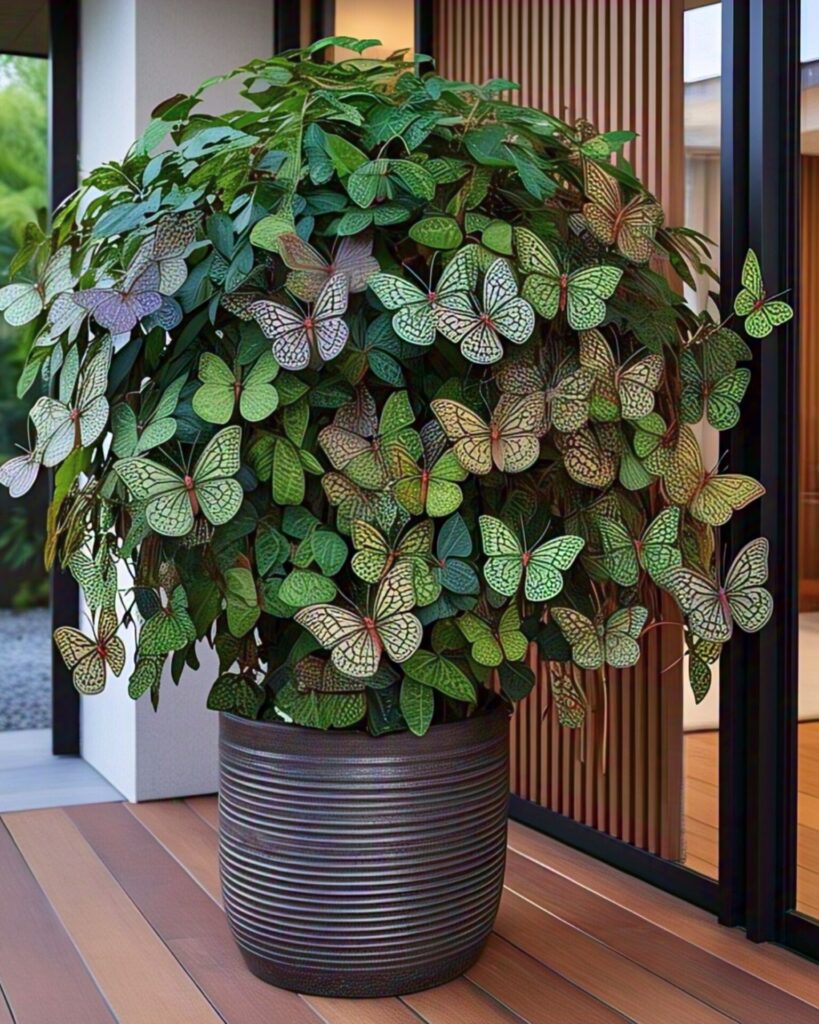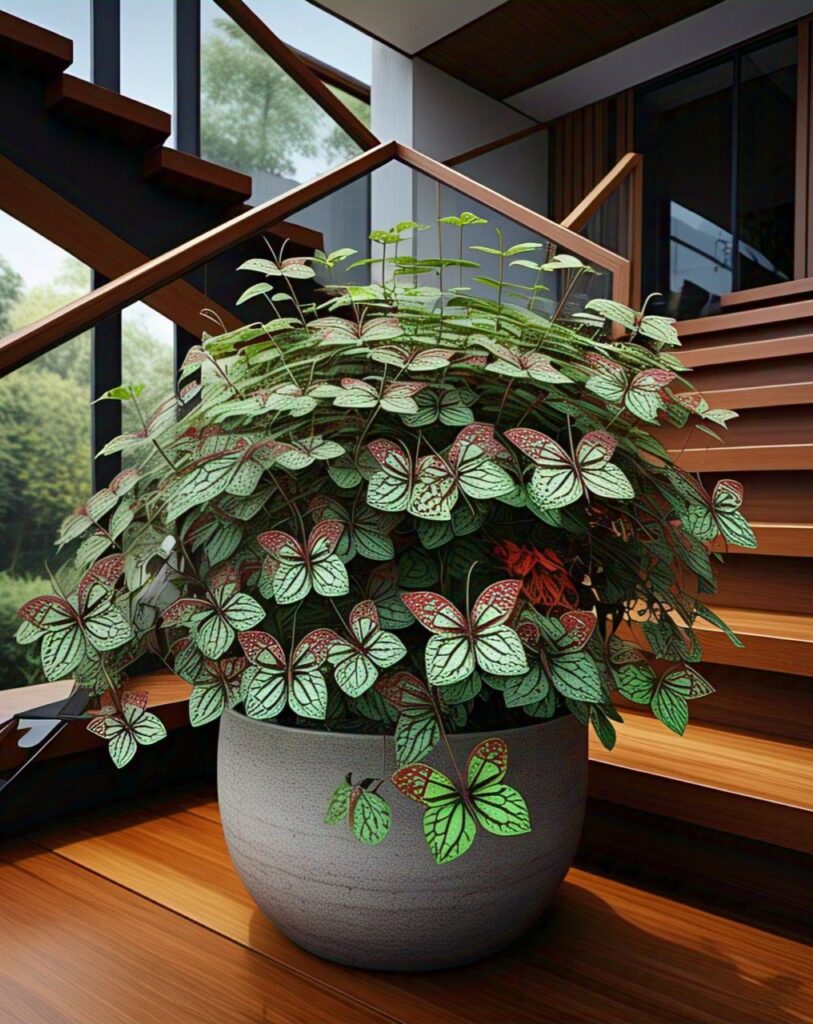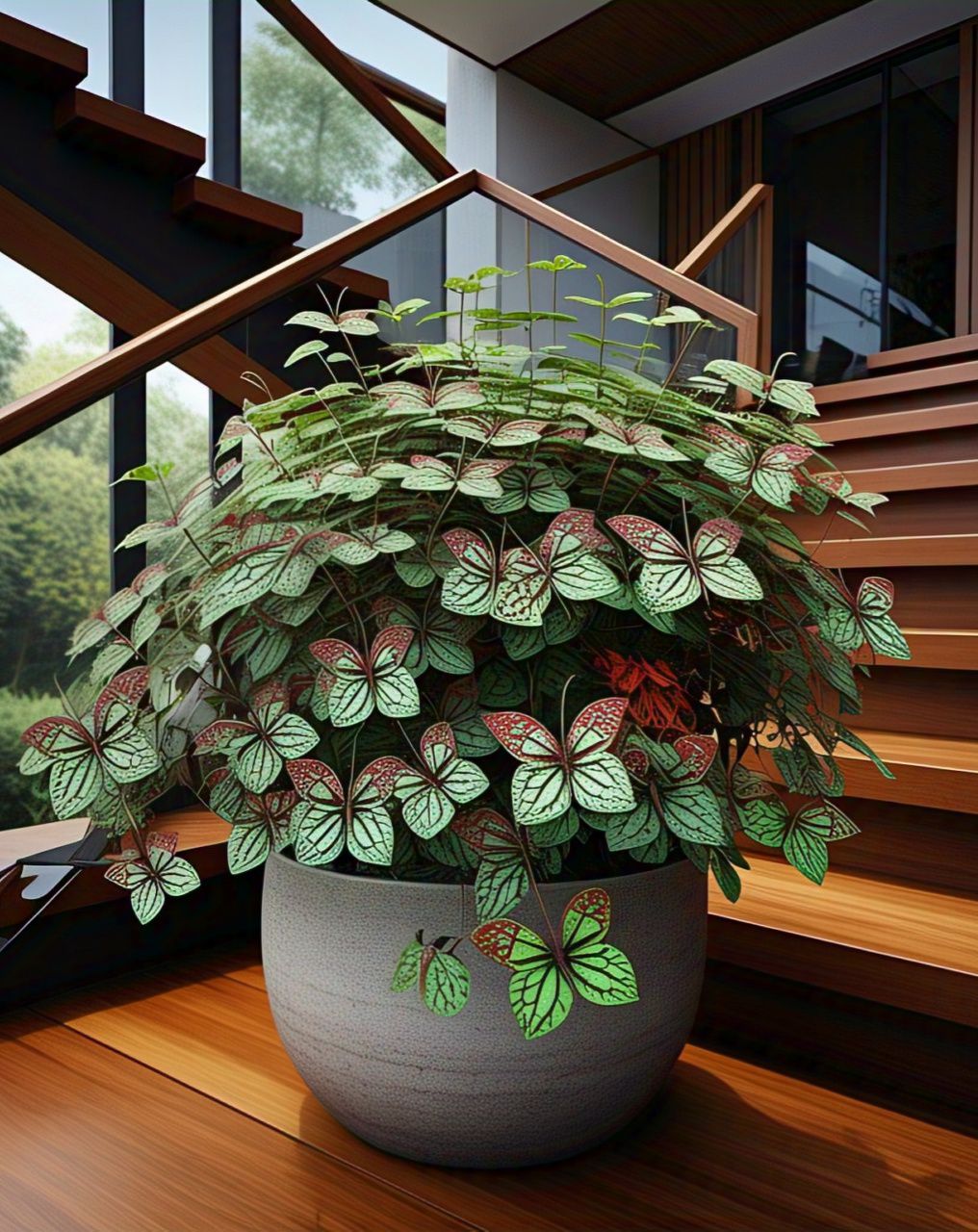Butterfly plants, often referred to as butterfly-friendly flora, are essential components in creating vibrant and inviting gardens that attract these delicate creatures. These plants not only enhance the aesthetic appeal of your outdoor space but also play a crucial role in supporting local ecosystems. By cultivating butterfly plants, gardeners can contribute to the survival of various butterfly species while enjoying the beauty they bring.

This guide will delve into the importance of butterfly plants, identify some popular species, explore cultivation techniques, and discuss ways to maintain a butterfly garden effectively.
Understanding the Importance of Butterfly Plants
Creating a butterfly garden is more than just planting pretty flowers; it’s about fostering an environment where butterflies can thrive. Understanding the significance of butterfly plants involves examining their ecological, aesthetic, and educational roles.
The Ecological Role of Butterfly Plants
Butterflies serve as critical pollinators, assisting in the reproduction of many flowering plants. They help maintain biodiversity by supporting various plant species that rely on them for pollination.
When you plant specific varieties, you create habitats that not only attract butterflies but also provide food sources for their caterpillars. This support system is vital for sustaining butterfly populations, which have been declining due to habitat loss and climate change.
Aesthetic Appeal and Garden Design
In terms of aesthetics, butterfly plants significantly enhance the visual landscape of any garden. With their vibrant colors and varied shapes, these plants draw attention and inspire creativity in garden design.

Planting a mix of blooming times ensures that your garden remains attractive throughout the seasons, with butterflies visiting at different times of the year. This dynamic approach adds life to your garden, making it a perfect spot for relaxation or entertainment.
Educational Opportunities
Establishing a butterfly garden provides excellent opportunities for education, particularly for children and young adults. It encourages curiosity about nature and fosters a sense of responsibility towards environmental conservation.
By observing the life cycle of butterflies firsthand—from caterpillar to chrysalis to adult—gardeners can gain invaluable insights into ecosystems and the importance of biodiversity. Such experiences can ignite passions for science and nature in younger generations.
Choosing the Right Butterfly Plants
Selecting the right types of plants is crucial when establishing a butterfly garden. Not all plants are equally effective in attracting butterflies; therefore, knowing which species to include is essential.
Native vs. Non-Native Plants
One of the first decisions you must make is whether to use native or non-native plants in your butterfly garden.
Native plants are those that naturally occur in your region and are adapted to local climate conditions. They attract local butterfly species and offer the right nutrition for caterpillars. On the other hand, non-native plants might attract certain butterfly species, but they may not support the local ecosystem effectively.

Incorporating native plants encourages biodiversity and helps sustain the local butterfly population, making this choice beneficial for both the gardener and the environment.
Popular Butterfly Plants to Consider
Numerous plants are known for their ability to attract butterflies. Some popular options include:
- Milkweed: Essential for Monarch butterflies, milkweed serves as both a nectar source and a host plant for their larvae.
- Coneflower: This perennial plant produces bright, daisy-like blooms that attract numerous butterfly species throughout the summer months.
- Lantana: Known for its clusters of colorful flowers, lantana is a magnet for butterflies and can thrive in hot, sunny locations.
While there are many plants to choose from, always consider your local climate and soil conditions to ensure successful growth.
Creating a Diverse Plant Palette
Diversity is key when it comes to butterfly gardens. By incorporating various plant species with differing bloom times, colors, and heights, you can create a rich tapestry that attracts a wide range of butterflies.
Consider mixing annuals, perennials, and shrubs in your design. Layering plants with taller varieties in the back and shorter ones in the front can add depth and interest to your garden while maximizing space. Additionally, including host plants alongside nectar-producing flora provides butterflies with everything they need to thrive.
Cultivation Techniques for Butterfly Plants
Once you’ve chosen the right plants, it’s time to consider cultivation techniques that will promote healthy growth and blooming. Proper care and maintenance can significantly impact the success of your butterfly garden.
Soil Preparation and Fertility
Healthy soil is the foundation of any thriving garden. Before planting butterfly plants, conduct a soil test to determine pH levels and nutrient content.

To improve soil fertility, you can amend it with organic matter such as compost or well-rotted manure. This addition enhances soil structure, promotes drainage, and increases nutrient availability.
Be mindful of the specific needs of each plant species, as some may prefer well-drained sandy soils while others thrive in heavy clay. Tailoring your soil amendments based on individual plant preferences will yield better results.
Watering Practices
Effective watering is essential for the health of your butterfly plants. Many butterfly plants require consistent moisture, especially during dry spells. However, overwatering can lead to root rot and other problems.
Establish a routine of deep watering less frequently rather than shallow watering daily. An inch of water per week, either through rainfall or irrigation, is typically sufficient for most plants. Early morning is the best time to water, as it allows plants to absorb moisture before the heat of the day evaporates it.
Pest Management and Organic Solutions
While butterfly gardens may attract pests, avoid using chemical pesticides, as they can harm beneficial insects, including butterflies.
Instead, adopt integrated pest management (IPM) strategies that focus on prevention and natural solutions. Encourage beneficial insects like ladybugs and lacewings, which prey on harmful pests.
You can also introduce physical barriers, such as floating row covers, to protect young plants from insect infestations. Regularly inspect your plants for signs of trouble and take action promptly to address issues before they escalate.
Maintaining a Thriving Butterfly Garden
Once your butterfly garden is established, ongoing maintenance is necessary to ensure its long-term success. Regular care will help keep your plants healthy and attract butterflies consistently.
Seasonal Care and Pruning
Seasonal care is vital for maintaining the vitality of your butterfly plants. This includes routine tasks like deadheading spent flowers to encourage new blooms and prevent seed production.
Pruning is another essential aspect of maintenance, allowing you to control plant size and shape. Removing dead or diseased branches promotes air circulation and reduces the risk of disease.
As seasons change, be attentive to the specific needs of your plants. Some may require additional mulching for winter protection, while others may benefit from dividing or transplanting in the spring.
Adapting to Changing Conditions
Climate change and environmental factors can impact the success of your butterfly garden. Be prepared to adapt your gardening practices to suit changing weather patterns.
Consider implementing drought-resistant plants if you experience prolonged dry spells. Additionally, be vigilant for any signs of stress among your plants, such as yellowing leaves or stunted growth.
Being proactive and responsive to changing conditions will help ensure that your butterfly garden continues to flourish.
Creating a Butterfly-Friendly Habitat Year-Round
To support butterflies throughout their lifecycle, create a diverse habitat that caters to their needs year-round.
Include structures like rocks, logs, and shallow puddles to provide resting spots and hydration opportunities. Additionally, planting a variety of species that bloom at different times ensures that butterflies have food sources available throughout the seasons.
Providing shelter with tall grasses or shrubs offers butterflies protection from predators and harsh weather. By considering these elements, your garden becomes a safe haven for butterflies all year long.
Conclusion
The journey to creating a captivating butterfly garden begins with understanding the importance of butterfly plants and choosing the right species for your unique environment. By employing effective cultivation techniques and committing to ongoing maintenance, you can foster a thriving habitat that supports these beautiful insects.
Not only will your garden become a sanctuary for butterflies, but it will also serve as a source of joy, education, and connection to nature for you and those around you. As you cultivate your space, remember that every flower planted contributes to a larger goal of preserving and celebrating the intricate relationships within our ecosystems. Embrace the adventure of nurturing a butterfly garden, and let it transport you into a world filled with color, movement, and wonder.










